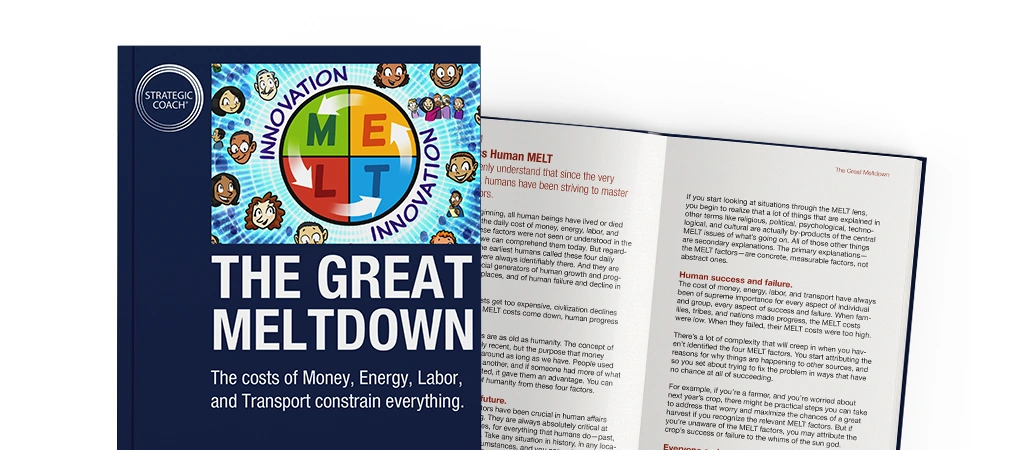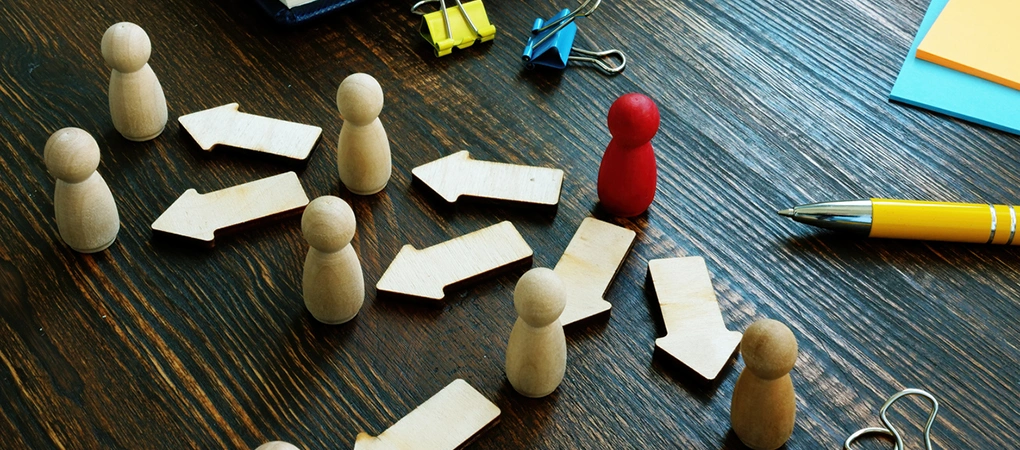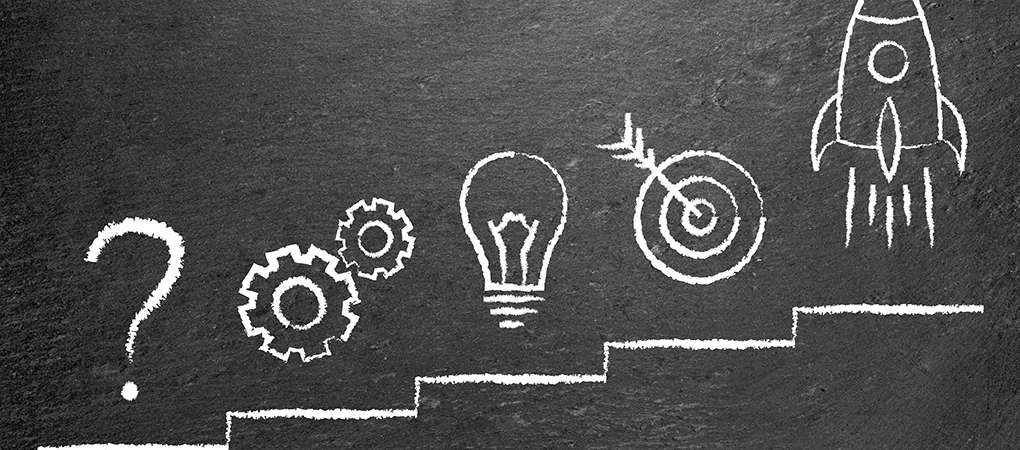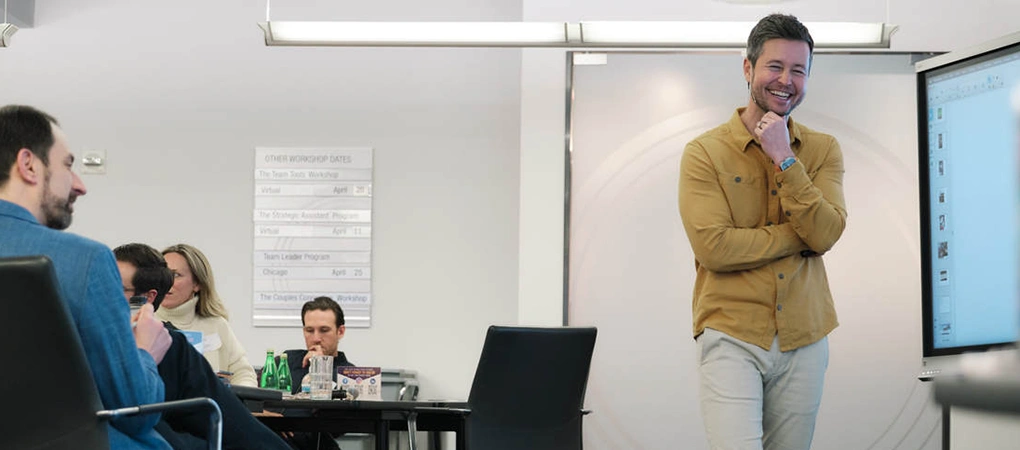The Best Goal-Measurement Strategy For Entrepreneurs
Dan Sullivan
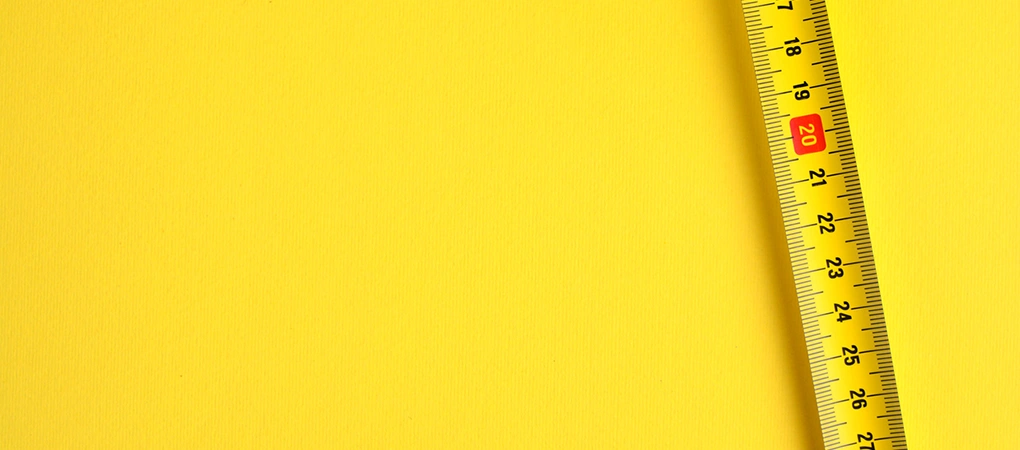
Even the most successful entrepreneurs, those who are at the top of their game, with tremendous achievements and all the benefits that brings to their lives, can feel like failures. They’re depressed and feel miserable about themselves, even though everyone around them thinks they’re amazing and looks up to them as role models.
Why? How are they looking at themselves, and what is their brain doing to put them in this state?
Negative or positive?
It took me a couple of years to get a handle on the difference I was seeing between these two types of highly successful entrepreneurs—those who are happy and personally very satisfied with their lives and those who feel like failures.
As a result of my observations and many, many discussions with both types of entrepreneurs, I discovered that it came down to how they measure their progress in terms of goals and their ideal outcome.
Be happy with your success. Dan Sullivan, along with co-author, Dr. Benjamin Hardy, outlines how you can start building your progress and happiness entirely on how your brain works for you in the book The Gap And The Gain.
The difference between the ideal and the goal.
When we picture our future, we have an ideal in our minds in terms of what kind of progress we want to achieve in all kinds of different areas. The purpose of the ideal is to motivate us emotionally. It’s exciting to move into a future that we see as bigger, better, and more rewarding, guided by the ideal experience or picture of what we want to achieve.
It’s important, though, to recognize that the ideal is not a measuring stick. It’s meant only to inspire and illuminate the path ahead so we can see what our goals should be.
A goal, on the other hand, is a point that we can actually reach because it has measurable attributes.
To help entrepreneurs see their successes more clearly, I came up with a concept that I call The Gap And The Gain. But the great thing about this goal-measurement strategy is that it’s not just for entrepreneurs; anyone can use it to be happier and feel more satisfied in life.
How we measure our progress is key.
How we measure our progress on our goals is not only a game changer, it’s a life changer.
Measure forward against the ideal, and we’re headed for “The Gap,” my term for the space between where we currently stand and the ideal. When we’re in The Gap, we feel like we’re failing, we become disillusioned, dissatisfied, and unhappy with ourselves — and our confidence plummets.
Measure back from where we are currently to where we started, and we’re rewarded by all the progress we’ve made. We feel happy and satisfied about how things are going, and our confidence takes an immediate leap. This is what I call “The Gain.”
For an entrepreneur, getting stuck in The Gap is the worst possible scenario. I’ve often said that I start to go into The Gap several times a day, mostly when I’m creating something new and I’m not sure how it’s going to land with people. It’s a natural result of the negative aspect of our brain kicking in. But what saves me is that I realize I’m going into The Gap, and I know how to get myself out fast: Measure backward to get The Gain.
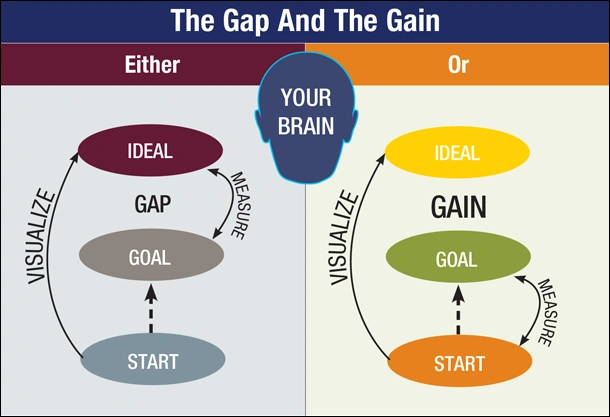
Choose your perspective on life.
I find it interesting that we motivate ourselves forward, we make progress by going forward, but when it comes to measuring our progress and achievements, we have to turn around and look back to see The Gain.
This represents a way of looking at all of life — either from the negative perspective of being in The Gap or from the positive vantage point of recognizing The Gain. One leads to unhappiness, the other to a satisfying life and, always, an increased sense of confidence.
Which perspective do you choose?


